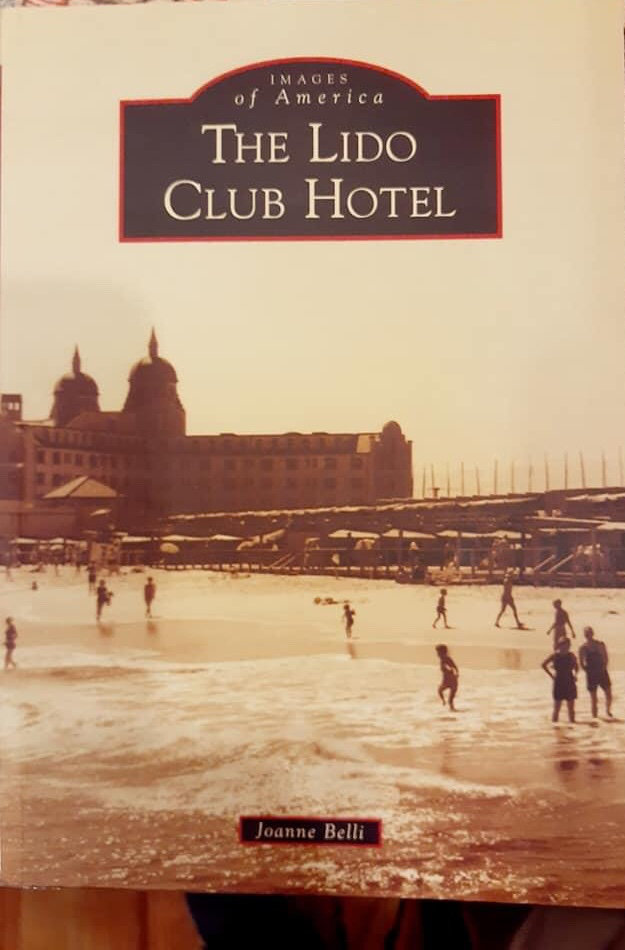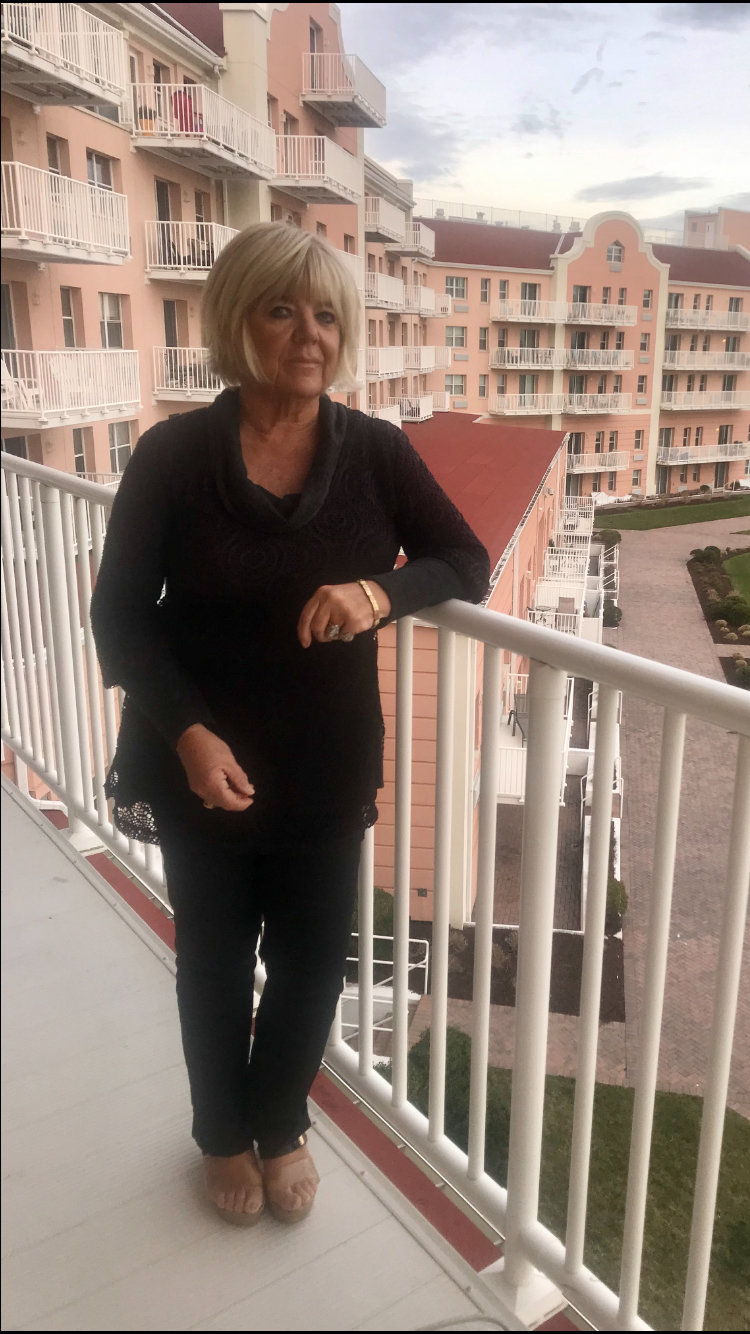Book: Lido Club - festive, exclusionary in early days
New York State Senator William Reynolds was a larger-than-life figure who is credited with building much of Long Beach, and who served as its first mayor. All before his construction company went bankrupt and he was indicted for grand larceny, charges that were later overturned. One of the edifices he left behind still stands - now called the Lido Towers, the pink, oceanfront condo that in his day was known as the Lido Beach Club.
Reynolds’s Lido Beach Club and all it meant to Long Beach and to the era in which it served the well-to-do, (while barring all but White Anglo Saxon Protestants for the first dozen years of its existence before top management changed), is captured in a new book, “The Lido Club Hotel,” by Joanne Belli (Arcadia Publishing, $21.99.)
Belli, 71, a retired New York City special education teacher, has lived in the Lido Towers for the last 25 years and is a trustee of the Long Beach Historical Society. This is Belli’s first book.
Belli said the book took about a year to write, but over a decade to research. Many of the photos are from the Long Beach Historical Society. As a part of her research, Belli tracked down a cabana boy who had worked at the Club in its early years. The publication date was supposed to be May 11, but because of the Covid-19 pandemic, as postponed to Aug. 3.
“I was always motivated to do it,” said Belli, who retired in 2006. “That’s when I actively began pursuing the book. I do feel a very good sense of accomplishment” now that the book is completed. “For 25 years, these walls (of the building) have been calling out to me. This was a great use of my retirement time.”
The 126-page book is largely a collection of photographs of the old Club, accompanied by deep captions explaining its history. The rich and famous from New York visited the Club frequently and there were festive summer holiday weekends replete with dancing to full bands under the moonlight. Reynolds called it “the American Riviera,” and with its stately moorish architecture, panoramic view of the ocean, glass-enclosed saltwater pool and cabanas, it was.
Of Reynolds, Belli says he “was a dreamer, a doer, and a prolific, savvy, and often over-the-top real estate developer” who was the youngest New York state senator ever elected. Belli says the Lido Beach Club was Reynolds’s “crown jewel” and “the realization of his last dream.”
The Club opened in 1928. Facing foreclosure at the outset of World War II, the U.S. Navy requisitioned it as a naval training and separation and training center. New management took over, and the “restrictive clause” designed to keep out Blacks, Jews and Catholics was erased.
Belli’s book does not shy away from this shameful part of the Club’s history. She describes how the famous Jewish theatrical producer Dan Frohman, visited the Club with a member in 1933. They were told to leave because of Frohman’s religion.
But once new management took over, the Club featured such entertainers as Sammy Davis Jr. and Barbara Streisand. In 1980, it became a luxury condominium called Lido Beach towers.
Karen Adamo, a president of the Long Beach Historical Society, said the organization “is so proud and excited to have another published author in our midst.” Roberta Fiore, a founder of the Society, and Carol Anne Geraci co-authored “The Long Beach History,” also published by Arcadia.
Adamo said Belli’s book is “a fabulous read and talks about the heyday of the beautiful Lido Beach Towers. She’s worked extremely hard over the years to write this book and we are just thrilled about it.”
The book is available at the Historical Society at 226 W. Penn St. (516 432 1192.)

 63.0°,
A Few Clouds and Breezy
63.0°,
A Few Clouds and Breezy 







